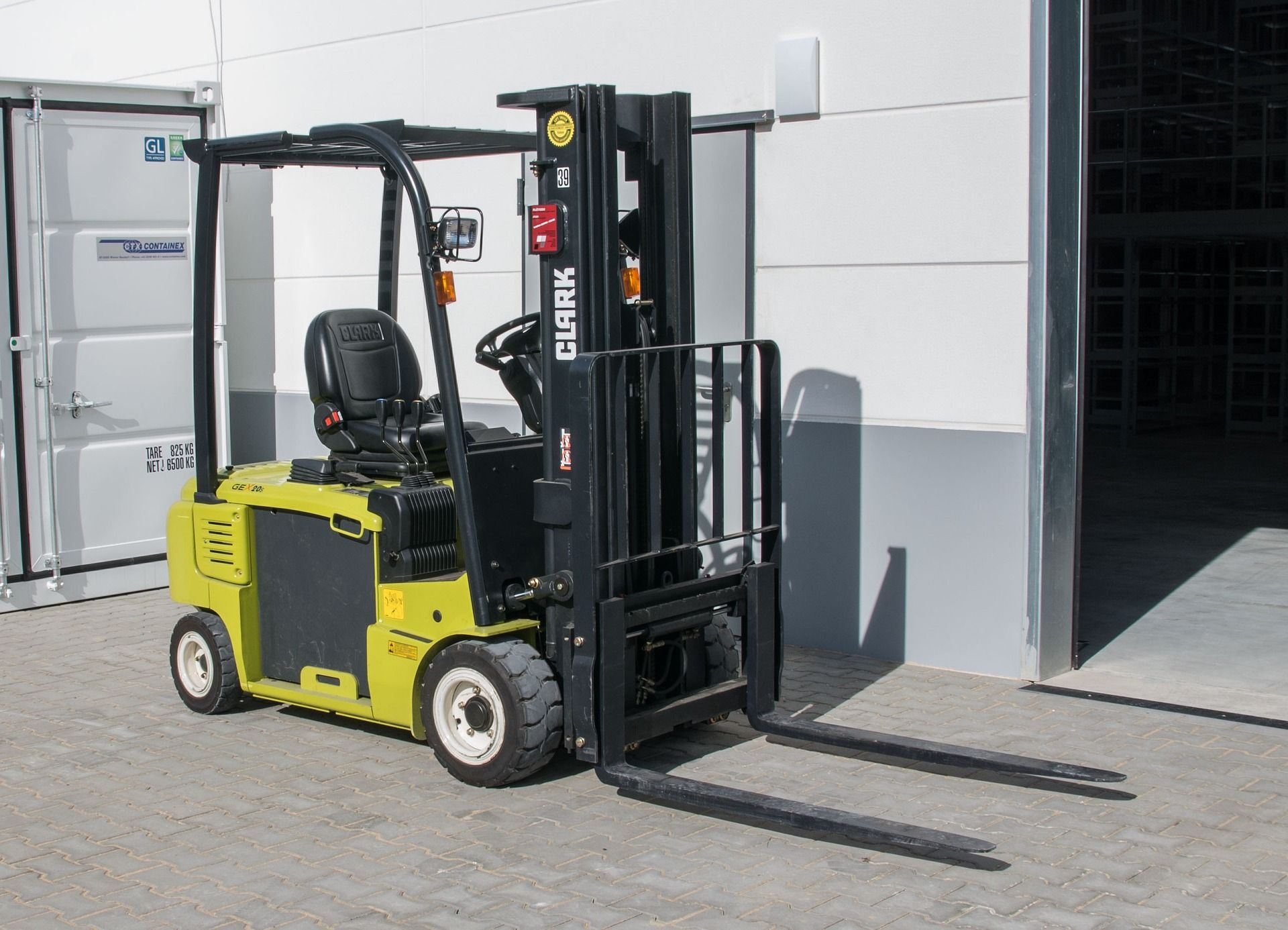business resources
6 Ways Industrial Asset Tracking Enhances Security in Heavy Equipment Management
24 May 2025, 3:50 am GMT+1
Managing heavy equipment in industrial and construction environments presents numerous security challenges. These high-value assets are often spread across vast job sites, making them vulnerable to theft, unauthorized use, and operational misuse. Ensuring their safety is critical to protect investments and to maintain workflow efficiency and project timelines. Industrial asset tracking has emerged as a powerful solution to address these concerns. By utilizing technologies such as GPS, IoT sensors, and real-time data analytics, companies can gain full visibility into the location and status of their equipment. This blog outlines six key ways industrial asset tracking significantly enhances security in heavy equipment management, helping businesses stay in control.
Real-Time Location Monitoring Prevents Theft
Real-time location monitoring plays a crucial role in preventing the theft of heavy equipment on industrial sites. With machines constantly moving across large, open areas, it’s easy for equipment to be misplaced, or worse, stolen, without immediate detection.
GPS-based asset tracking systems provide constant oversight, allowing managers to monitor the exact location of each machine at any given moment. In busy warehouse environments, Pozyx forklift tracking, integrated into asset management systems, helps maintain accurate positioning data, reducing the risk of unauthorized movement. This added visibility ensures that if equipment leaves a designated area unexpectedly, security teams are alerted instantly, improving response time and recovery efforts.
Usage Monitoring Detects Misuse and Prevents Damage
Asset tracking is not limited to location alone; advanced systems also monitor how equipment is used. Sensors can track engine hours, operating speeds, load weights, and other performance metrics, providing detailed usage reports. This data helps identify improper handling or abuse of machines, which can compromise safety and lead to costly repairs.
Detecting misuse early enables managers to take corrective action, whether through additional operator training, adjusting schedules, or restricting access. By preventing reckless behavior and ensuring that equipment is used according to manufacturer guidelines, asset tracking protects the physical integrity of heavy machinery and reduces downtime caused by preventable breakdowns.
Geofencing Enhances Security by Defining Safe Zones
Geofencing technology creates virtual boundaries around specific areas such as construction sites, storage yards, or restricted zones. When integrated with industrial asset tracking, geofencing automatically monitors whether heavy equipment remains within authorized perimeters.
If a tracked asset crosses a boundary without approval, immediate notifications are sent to security personnel or site supervisors. This feature is especially useful for preventing equipment theft or unauthorized relocation. Geofencing also supports regulatory compliance by ensuring that machinery operates only in safe, approved locations, reducing liability risks associated with off-site use.
Theft Recovery Is Streamlined Through Alerts
In the unfortunate event that equipment theft does occur, industrial asset tracking systems facilitate faster recovery. Automated alerts notify managers the moment unauthorized movement or suspicious activity is detected. Because GPS and IoT tracking devices continuously transmit location data, stolen equipment can be traced in real time.
Law enforcement agencies often collaborate with companies utilizing these technologies, increasing the chances of retrieving stolen assets intact. The ability to swiftly locate and recover heavy machinery saves significant replacement costs and minimizes project delays that can result from missing equipment.
Comprehensive Audit Trails Support Security
Asset tracking systems maintain detailed logs of equipment movement, usage, and security events, creating comprehensive audit trails. These records are invaluable during security investigations, insurance claims, or regulatory audits.
With transparent and verifiable data, companies can demonstrate due diligence in protecting their assets, reducing liability exposure. Audit trails help identify patterns of suspicious activity or recurring security weaknesses, informing continuous improvements in safety protocols and asset management practices.
Integration with Other Security Systems
Modern industrial asset tracking solutions can integrate seamlessly with broader security infrastructure, including video surveillance, access control, motion sensors, and alarm systems. This interconnected approach creates a robust, multi-layered security network where data from various sources complement and reinforce one another, offering a more complete picture of asset activity and potential threats.
If asset tracking detects unauthorized equipment movement, linked video cameras can provide real-time visual confirmation, while access control logs verify whether the correct operator is present. Alarms can be triggered automatically, prompting immediate intervention. This coordination of technologies strengthens overall site security, ensuring both digital and physical measures work together to protect valuable heavy equipment around the clock.

The security challenges inherent in managing heavy equipment are significant, but industrial asset tracking technology offers powerful tools to address them. Real-time monitoring, usage tracking, geofencing, theft recovery, audit trails, and system integration all contribute to a stronger, smarter security framework. By adopting these innovations, companies can safeguard their heavy machinery, enhance operational reliability, and reduce costly losses, ensuring projects stay on track and assets remain protected.
Share this
Arthur Brown
Writer
A dad of 3 kids and a keen writer covering a range of topics such as Internet marketing, SEO and more! When not writing, he's found behind a drum kit.
previous
Sharing the Future: AI, Inequality, and the Case for Universal Basic Capital
next
Digital Tools Enhancing Grant Reporting Accuracy